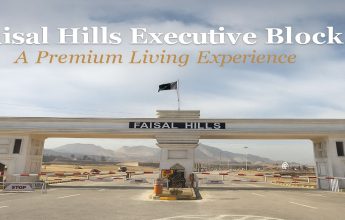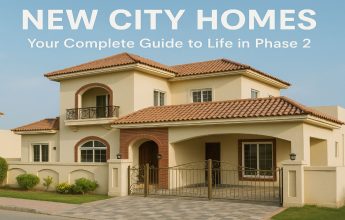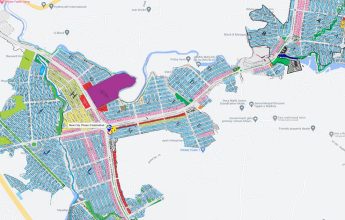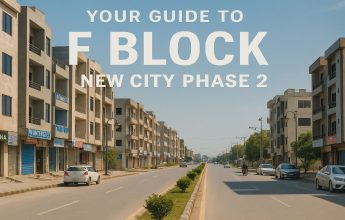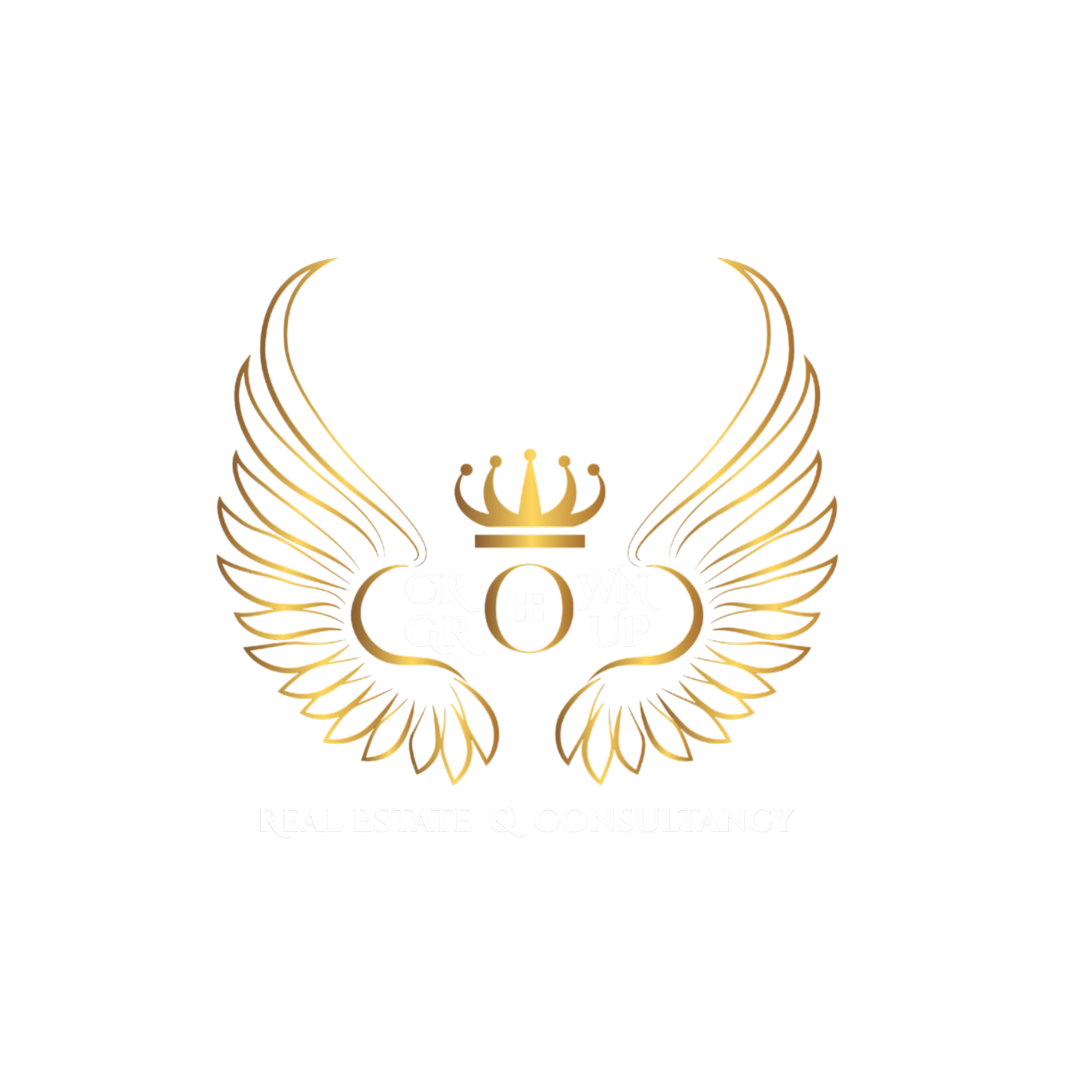Urban City Lahore: A Cultural and Economic Hub
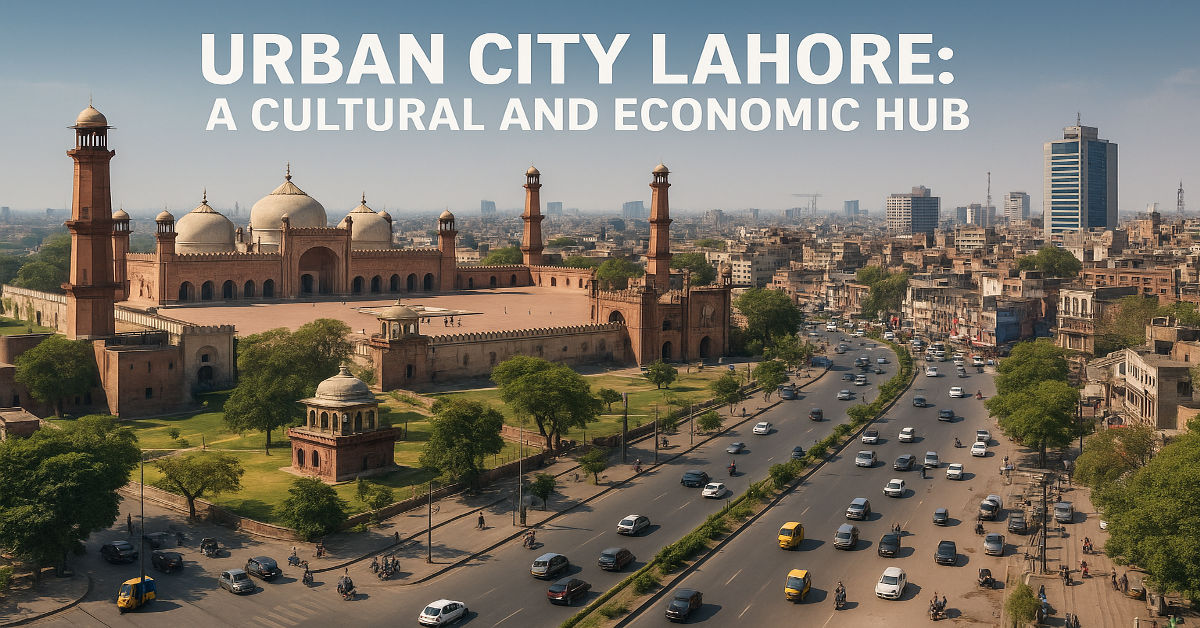
Lahore stands as Pakistan’s second-largest metropolis and represents the perfect blend of ancient heritage and modern urban development. This urban city Lahore has transformed into a thriving hub that attracts millions of visitors, students, and business professionals from across the globe. With its rich Mughal architecture, bustling bazaars, and rapidly expanding infrastructure, Lahore continues to evolve while preserving its unique cultural identity.
The Historical Foundation of Modern Lahore
Lahore’s urban landscape tells the story of centuries-old civilizations. From the Mughal Empire’s architectural marvels to the British colonial influences, this metropolitan city showcases layers of history at every corner. The Walled City, known locally as “Androon Shehr,” remains the historical core where ancient traditions meet contemporary life.
Economic Growth and Industrial Development
Major industries including textiles, leather goods, pharmaceuticals, and information technology have established their headquarters here. The urban city Lahore serves as Punjab’s economic engine, contributing significantly to Pakistan’s GDP. The city’s strategic location along the Grand Trunk Road has made it a natural trade corridor connecting Central Asia with the Indian subcontinent.
Manufacturing sectors employ hundreds of thousands of residents, while the services industry continues expanding rapidly. Small and medium enterprises flourish in areas like Anarkali, Liberty Market, and the newer commercial districts of Gulberg and DHA.
Educational Excellence and Academic Institutions
Lahore earned its reputation as Pakistan’s educational capital through prestigious institutions like the University of Punjab, Lahore University of Management Sciences (LUMS), and Government College University. These academic centers attract students nationwide, creating a vibrant intellectual atmosphere that drives innovation and research.
The presence of numerous colleges, universities, and technical institutes has fostered a culture of learning and intellectual discourse. Students from rural areas migrate to Lahore seeking quality education, contributing to the city’s diverse demographic composition.
Transportation Networks and Urban Mobility
Modern transportation infrastructure defines the Lahore experience. The Orange Line Metro Train, Pakistan’s first automated rail transit system, revolutionized public transportation. Bus Rapid Transit (BRT) systems complement the metro, providing efficient connectivity across major routes.
Traditional transportation modes like rickshaws and horse-drawn tongas coexist with modern ride-sharing services and private vehicles. The Allama Iqbal International Airport connects Lahore globally, facilitating international trade and tourism.
Urban Planning and Infrastructure Development
Contemporary urban planning initiatives focus on sustainable development and improved quality of life. The urban city Lahore has witnessed significant infrastructure investments including road widening projects, water treatment facilities, and waste management systems.
Smart city initiatives incorporate technology to address traffic congestion, energy efficiency, and public service delivery. Green spaces like Jilani Park and Race Course Park provide recreational areas for families while helping maintain environmental balance in the densely populated metropolitan area.
Cultural Heritage and Arts Scene
Lahore’s cultural significance extends far beyond Pakistan’s borders. The city hosts numerous festivals, including the annual Basant kite-flying festival and various music concerts at venues like the Alhamra Arts Centre. Traditional crafts such as miniature painting, calligraphy, and woodwork continue thriving in workshops throughout the old city.
Food culture represents another cornerstone of Lahori identity. From street vendors selling spicy chaat to upscale restaurants serving traditional Pakistani cuisine, the city offers culinary experiences that reflect its diverse population and historical influences.
Challenges and Urban Issues
Rapid urbanization brings notable challenges including air pollution, traffic congestion, and strain on public utilities. Population growth outpaces infrastructure development, creating pressure on housing, healthcare, and educational facilities.
Water scarcity during summer months and inadequate sewerage systems in certain areas require immediate attention. Urban planners work continuously to address these issues while balancing historical preservation with modernization needs.
Technology and Innovation Hub
The information technology sector has transformed Lahore into Pakistan’s Silicon Valley. Software houses, tech startups, and international IT companies have established operations, creating employment opportunities for graduates from local universities.
Innovation hubs and business incubators support entrepreneurship, particularly in fintech, e-commerce, and digital services. The government’s focus on digitalization has accelerated the adoption of technology across various sectors, from banking to education.
Conclusion
Its strategic importance, educational excellence, and cultural richness position it uniquely among South Asian metropolitan centers. The urban city Lahore continues evolving as Pakistan’s cultural and economic powerhouse while maintaining its historical charm and traditional values. Despite facing urbanization challenges, Lahore’s resilient spirit and adaptive capacity ensure its continued growth and development.
Future prospects remain bright as infrastructure projects, technological advancement, and sustainable development initiatives shape this magnificent city’s trajectory. Lahore’s ability to honor its past while embracing modernity makes it a fascinating destination for residents, visitors, and investors alike.
Frequently Asked Questions
Q: What makes Lahore unique among Pakistani cities?
A: Lahore combines rich historical heritage with modern urban development, serving as both the cultural heart and economic hub of Punjab province.
Q: How is transportation in Lahore for daily commuters?
A: Lahore offers diverse transportation options including the Orange Line Metro, BRT systems, traditional rickshaws, and modern ride-sharing services.
Q: What are the main economic sectors in Lahore?
A: Key sectors include textiles, leather goods, pharmaceuticals, information technology, and various service industries.
Q: Is Lahore suitable for international students?
A: Yes, Lahore hosts several prestigious universities and offers a vibrant academic environment with relatively affordable living costs.
Q: What are the biggest challenges facing urban Lahore?
A: Major challenges include air pollution, traffic congestion, water scarcity, and infrastructure strain due to rapid population growth.

